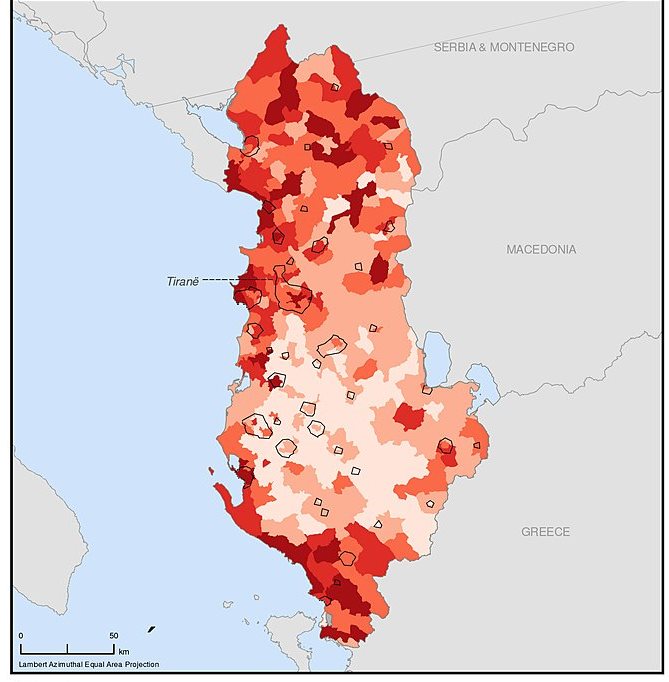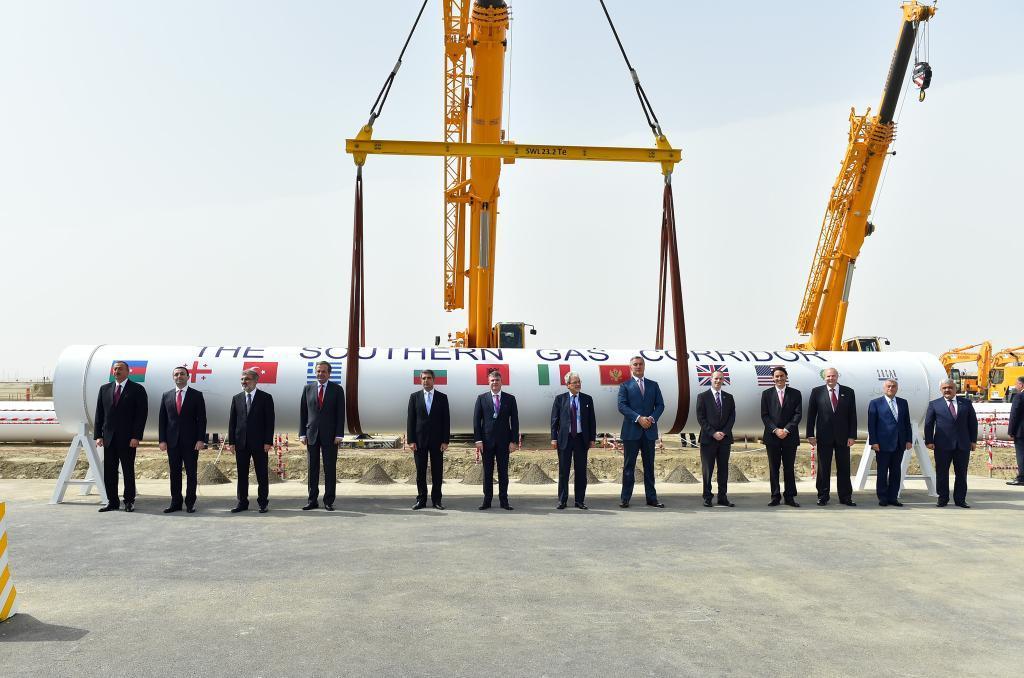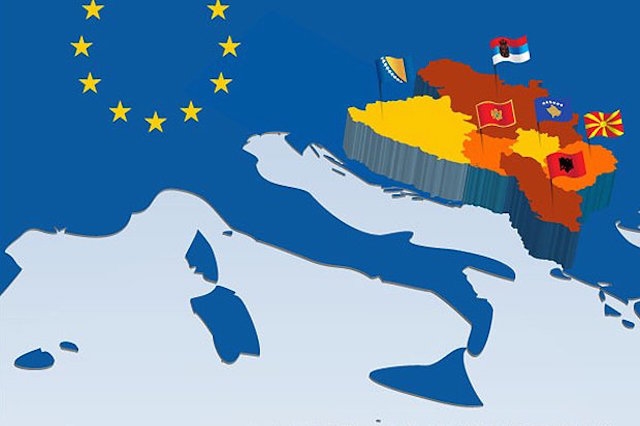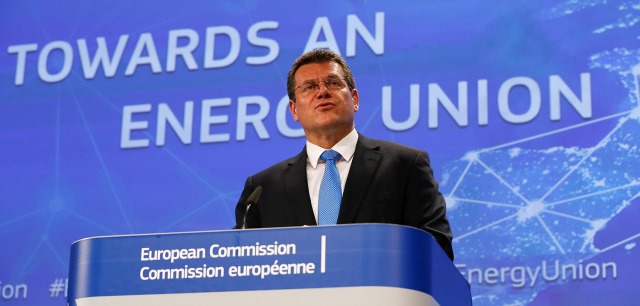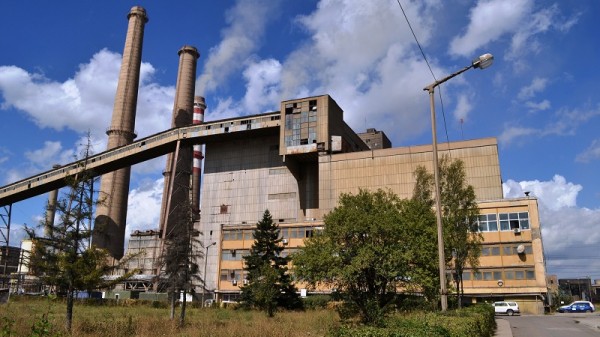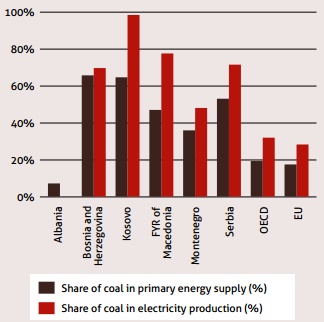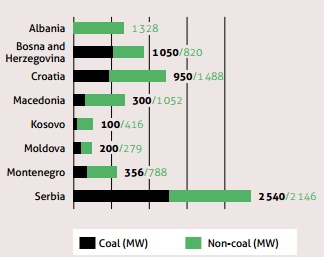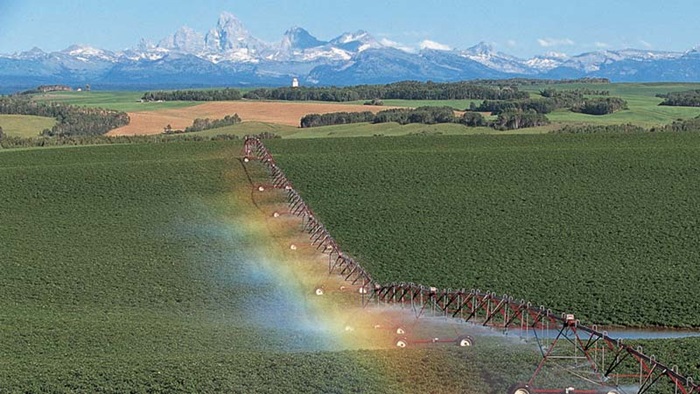
Agriculture and Horticulture Albania
 Agriculture and horticulture in numbers
Agriculture and horticulture in numbers
Europe
Agriculture accounts for only a small part of gross domestic production (GDP) in Europe, and it is considered that the overall vulnerability of the European economy to changes that affect agriculture is low (2). However, agriculture is much more important in terms of area occupied (farmland and forest land cover approximately 90 % of the EU’s land surface), and rural population and income (3).
Albania
Agriculture is the most important sector in Albania, in terms of value added and employment. The agricultural sector still accounts for about 58% of employment (14). The main emphasis remains the production of cereals, however its structure has shifted towards supplying animal foodstuffs instead of human consumption. … Livestock constitutes more than half of the total value of agricultural production (1). Agriculture contributes 21% to the country’s GDP (14).
The share of agricultural land represents only 24% of the total area of the country. About 43% of the total agricultural land is in the lowland area, where the productivity potential is relatively high (13).
The proportions of crop and fruit production are 44% and 11% respectively, while livestock production accounts for more than half of total agricultural production (16). The main agricultural products are grains (especially wheat), vegetables, potatoes and beans (37%). Forage crops (maize and alfalfa) are cultivated on about 49% of total farm surface area (13).
Albania can be divided into three agro-ecological zones, based on soil, climatic, topographic, and socio-economic features including access to agricultural services and inputs, and development of markets and infrastructure (15). Each of these zones will be impacted differently by climate change due to variations in climate, biophysical distinctions, and production systems:
- Mountain Zone: 1000-2700 m above sea level. Dominated by pastures and forests. Wheat, barley, Rye and various fruits are grown here.
- Hill Zone: 400-1000 m above sea level. Field crops and fruit trees are grown extensively throughout this region.
- Lowland zone: 0-200 m above sea level. Citrus, fig and olive trees are grown here.
Vulnerabilities Albania
Risks
A recent report evaluated the risks and opportunities for agricultural production in nine zones across Europe (17). For Albania no opportunities and a number ofclimate change risks have been identified:
- Crop area changes due to decrease in optimal farming conditions
- Crop productivity decrease
- Increased risk of agricultural pests, diseases, and weeds
- Crop quality decrease
- Increased risk of drought and water scarcity
- Increased irrigation requirements
- Soil erosion, salinization, and desertification
- Deterioration of conditions for livestock production
- Sea level rise
Crops
The following impacts are likely in relation to annual crops (13):
- The total growing season may be reduced for some crops due to the rise in temperature. Cereals would be harvested earlier;
- A lack of cold days during December and January could reduce the effects of vernalisation and consequently lengthen the first part of the growing season for winter wheat. Air temperature in April could slow down biomass growth and reduce wheat yield;
- The expected increase in temperature will cause faster rates of development and shorten the length of the growing period for some crops, consequently shortening the length of the grain-filling period;
- Higher temperatures during the growth season will increase the development rate of all winter crops, which will therefore face extreme events (cold spells) at a later stage when they are more sensitive;
- Higher summer temperatures should not be very detrimental to summer crops (with the exception of spring cereals, if subjected to elevated temperatures during the grain-filling period), since they are more resilient than winter crops. Drought could be a major concern in the future;
- Higher temperatures will probably be beneficial to grasslands, at least early in the season, through increased early biomass production. Higher temperatures during the summer may decrease the growth capabilities of grass;
- Weeds are expected to benefit from higher CO2 concentrations;
- In general, higher temperatures may shorten the reproductive cycle of many pests, thus the risk of crop damage from pests and diseases may increase as a result of climate change.
The available water resources will be sufficient for irrigation by 2025. Thus, no considerable impact on the yields of crops like wheat, maize, potato, vegetables, forages (alfalfa etc.) fruit trees etc. may be expected by 2025. But, if appropriate measures will not be taken for the rehabilitation, the maintenance and improvement of the conveyance and distribution systems, the insufficient irrigation would be again a more important restrictive factor to the yield crops, for the other time horizons (the period 2050, 2100) (1).
Referring to the other time horizons, 2050 and 2100, the expected impacts on agriculture to be expected are: the reduction of the extent of arable land, due to soil erosion and alteration; the changes in the growth cycles, harvest time and the quality of the agricultural production, especially along the coastal area, owing to an increase in salinity because of the sea level rise and intrusion of salt water into the soil (1). Soil erosion is a huge problem: 60% of the territory is affected (13).
The direct impacts of changes in temperature and precipitation in the future will be mixed. Climate change is forecast to improve yields of wheat and irrigated alfalfa; to reduce harvests of grapes and olives; and to have relatively modest effects on tomatoes, watermelons, maize, soybean, grassland and non-irrigated alfalfa (13).
Livestock
The direct effects of climate change on the livestock sector, particularly beef cattle, chickens and sheep, could be substantial, reducing productivity by up to 25% by 2050. These effects would be felt gradually over time, however, and farmers have confirmed that they have not seen any immediate effects of climate change on livestock production (13).
Changes in temperature, precipitation and water availability will also affect the livestock sector in terms of animal health, nutrition, husbandry and livestock-related infrastructure. Changing climatic conditions will adversely affect
fodder and forage production and rangeland biomass, which could lead to volatile feed prices, increased competition for community grazing lands and increased water scarcity (16).
Vulnerabilities Europe – Climate change not main driver
Socio-economic factors and technological developments
Climate change is only one driver among many that will shape agriculture and rural areas in future decades. Socio-economic factors and technological developments will need to be considered alongside agro-climatic changes to determine future trends in the sector (3).
From research it was concluded that socio-economic assumptions have a much greater effect on the scenario results of future changes in agricultural production and land use then the climate scenarios (4).
The European population is expected to decline by about 8% over the period from 2000 to 2030 (5).
Scenarios on future changes in agriculture largely depend on assumptions about technological development for future agricultural land use in Europe (4). It has been estimated that changes in the productivity of food crops in Europe over the period 1961–1990 were strongest related to technology development and that effects of climate change were relatively small. For the period till 2080 an increase in crop productivity for Europe has been estimated between 25% and 163%, of which between 20% and 143% is due to technological development and 5-20% is due to climate change and CO2 fertilisation. The contribution of climate change just by itself is approximately a minor 1% (6).
Care should be taken, however, in drawing firm conclusions from the apparent lack of sensitivity of agricultural land use to climate change. At the regional scale there are winners and losers (in terms of yield changes), but these tend to cancel each other out when aggregated to the whole of Europe (4).
Future changes in land use
If technology continues to progress at current rates then the area of agricultural land would need to decline substantially. Such declines will not occur if there is a correspondingly large increase in the demand for agricultural goods, or if political decisions are taken either to reduce crop productivity through policies that encourage extensification or to accept widespread overproduction (4).
Cropland and grassland areas (for the production of food and fibre) may decline by as much as 50% of current areas for some scenarios. Such declines in production areas would result in large parts of Europe becoming surplus to the requirement of food and fibre production (4). Over the shorter term (up to 2030) changes in agricultural land area may be small (7).
Although it is difficult to anticipate how this land would be used in the future, it seems that continued urban expansion, recreational areas (such as for horse riding) and forest land use would all be likely to take up at least some of the surplus. Furthermore, whilst the substitution of food production by energy production was considered in these scenarios, surplus land would provide further opportunities for the cultivation of bioenergy crops (4).
Europe is a major producer of biodiesel, accounting for 90% of the total production worldwide (8). In the Biofuels Progress Report (9), it is estimated that in 2020, the total area of arable land required for biofuel production will be between 7.6 million and 18.3 million hectares, equivalent to approximately 8% and 19% respectively of total arable land in 2005.
The agricultural area of Europe has already diminished by about 13% in the 40 years since 1960 (4).
Benefits of climate changes
Using the time horizon 1990 as a reference by 2025, the impacts to be expected are: the potential citrus growing area would be adapted to the conditions (temperature and precipitation) in higher elevations about 150 m; the potential olive growing area would be adapted to the conditions (temperature and precipitation) in higher elevations about 150 m ; the potential citrus area would enlarge from about 13,6285 ha (in 1990) to 36,2527 ha; the potential olive area, in which the year 1990 was about 474,993 ha, would be 598,090 ha (1).
In 2050 and 2100 the cultivation of early agricultural products in the open air or in greenhouses will benefit from the increase in winter temperatures (1).
Adaptation strategies
Options for the adaptation of the agricultural sector to climate change are (1,16):
- Improve weather and seasonal climate forecasts;
- Afforestation and the setting up of the barriers to protect the arable land threatened by soil erosion and alteration;
- Planning of agricultural production toward xerophilic crops to allow adaptation to the higher winter and summer temperatures and to the scarcity of water in summer;
- Biotechnology development of “designer cultivars” to adapt to stresses of climate change (heat, water, pests and diseases);
- Developing improved agronomy and risk management techniques associated with changing sowing dates to reduce moisture stress and changing plant densities;
- Increased participation of farmers through Water User Associations;
- improving drainage, rehabilitating secondary irrigation capacity, optimising fertiliser and water application, providing more climate resilient seed varieties and the know-how to cultivate them effectively for high yields, and encouraging the wider use of hail nets (13).
Options to address increases in water scarcity in agriculture include (10,16):
- Within the agriculture sector efficiency gains, in terms of water use per unit area, of up to 50% are thought to possible through switching irrigations technologies from gravity to drip or sprinkler feed systems;
- Implementation of practices to conserve moisture (agro-technique measures like conservation tillage to protect soil from wind and water erosion (= the practice of leaving some of the previous season’s crop residues on the soil surface); retain moisture by reducing evaporation and increasing infiltration of precipitation into the soil);
- Establish native varieties of forests or grassland, or to allow natural regeneration;
- Small scale water conservation measures;
- Other options include changing crop types and management practices to one which are less water demanding and better adapted to climate conditions under water scarcity. In the south of Europe, short season cultivars that are planted earlier are more likely to reach maturity in advance of the arrival of extreme high summer temperatures, thus avoiding injury from heat and water stress (11). The rice sector in Spain, Portugal and Greece is particularly vulnerable (12). Water availability is likely to become the major driver of future land use, precipitating land use changes;
- Biotechnology;
- Removal of sediments from reservoirs to increase water storage capacity;
- Modification of existing infrastructure, including pumping stations, water canals, etc…;
- Modernization of on-farm distribution systems.
Options for the adaptation of livestock are (16):
- Introduction of more heat-tolerant and drought-resistant breeds of cattle and sheep;
- Improved housing for livestock;
- Improved nutrient management for livestock;
- More advanced health-facilities and techniques for the livestock sector.
A lot of information on adaptation strategies is presented on this website on the pages for other southern European countries such as Spain, Greece and Italy.
Farmers in Albania have not adequately adapted to current changes in the climate. In light of this large “adaptation deficit”, many of the climate adaptation measures implemented will be able to improve resilience to more severe climate impacts in the future (13).
National-level adaptation is a high priority. Policy changes and institutional capacity improvements that could be undertaken immediately include expanding extension service capacity; improving the provision of short-term meteorology forecasts for farmers; and encouraging the consolidation of farmland into larger holdings to facilitate more substantial investments in on-farm technology (13).
According to the Work Bank, the following adaptation measures hold the greatest promise for Eastern European countries, independent of climate change scenarios (18):
- Technology and management: Conservation tillage for maintaining moisture levels; reducing fossil fuel use from field operations, and reducing CO2 emissions from the soil; use of organic matter to protect field surfaces and help preserve moisture; diversification of crops to reduce vulnerability; adoption of drought‐, flood‐, heat‐, and pest resistant cultivars; modern planting and crop‐rotation practices; use of physical barriers to protect plants and soils from erosion and storm damage; integrated pest management (IPM), in conjunction with similarly knowledge‐based weed control strategies; capacity for knowledge based farming; improved grass and legume varieties for livestock; modern fire management techniques for forests.
- Institutional change: Support for institutions offers countries win‐win opportunities for reducing vulnerability to climate risk and promoting development. Key institutions include: hydromet centers, advisory services, irrigation directorates, agricultural research services, veterinary institutions, producer associations, water‐user associations, agro processing facilities, and financial institutions.
- Policy: Non‐distorting pricing for water and commodities; financial incentives to adopt technological innovations; access to modern inputs; reformed farm subsidies; risk insurance; tax incentives for private investments; modern land markets; and social safety nets.
Weather forecasts
The status of most weather services among Eastern European countries has deteriorated considerably in the last two decades, mainly as a consequence of persistent under‐financing during the arduous transition that followed the end of central planning and the break‐up of the Soviet Union. … The perils of a weakening forecast capacity have become evident in Russia’s system, where the share of hazardous weather phenomena that were not picked up and forecast increased from 6% at the beginning of 1990s to 23% only ten years later. … Increased accuracy in forecasting would assist in the timing of fertilizer application and pest and disease control, avoiding over‐application that raises input costs and exacerbates environmental damage. There is abundant evidence that farmers in Tajikistan, Montenegro, Uzbekistan, and Albania would benefit significantly from improved monitoring and forecasting. Forecasts also would enable mitigation of frost damage, which is a serious problem for agriculture in Ukraine, Turkmenistan, Montenegro, Moldova, Armenia, Macedonia, Kazakhstan, and Bosnia, among others. Tools to mitigate the effects of sudden freezes are being developed globally, but cost‐effective application depends on accurate forecasting (18).
References
The references below are cited in full in a separate map ‘References’. Please click here if you are looking for the full references for Albania.
- Republic of Albania, Ministry of Environment (2002)
- EEA (2006), in: EEA, JRC and WHO (2008)
- EEA, JRC and WHO (2008)
- Rounsevell et al. (2005)
- UN (2004), in: Alcamo et al. (2007)
- Ewert et al. (2005), in: Alcamo et al. (2007)
- Van Meijl et al. (2006), in: Alcamo et al. (2007)
- JNCC (2007), in: Anderson (ed.) (2007)
- European Commission (2006), in: Anderson (ed.) (2007)
- Anderson et al. (2007)
- Maracchi et al. (2005), in: Anderson (ed.) (2007)
- Agra Europe (2007), in: Anderson (ed.) (2007)
- Diku (2011)
- World Bank (2009), in World Bank (2011)
- Shundi (2003), in World Bank (2011)
- World Bank (2011)
- Iglesias et al. (2007), in World Bank (2011)
- World Bank Group (2009)


